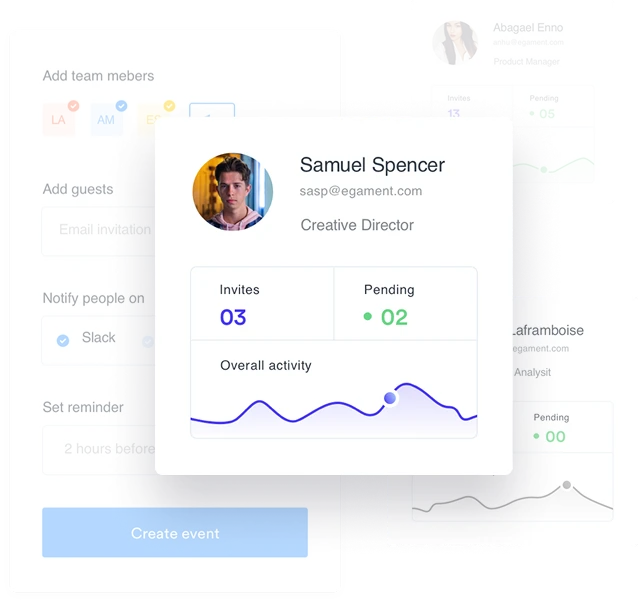Imagine this: It’s the first week of the semester. Professors are handwriting attendance on paper rolls. Someone forgot to bring the register. Another loses track in a large lecture hall. By mid-week, admin staff are buried in stacks of sheets trying to reconcile absences, tardy entries, and student records. The system creaks. Students slip through cracks. Parents get unsure, concerned. Everyone wastes time.
Now, imagine instead: a streamlined process where attendance is logged in real-time, alerts pop up if a student is absent, dashboards show trends, and students and parents see attendance status instantly. That’s where a Student Management System (SMS) with a powerful attendance module changes everything. And that’s what Academia offers.
In this post, let’s walk through the real transformations that SMS brings to attendance, why they matter, and how Academia’s Attendance Module delivers them — backed by stats and real-world features.
The High Cost of Traditional Attendance
Before diving into solutions, it helps to understand the scale of the problem:
- Manual attendance tracking is time-consuming and error-prone. As one guide notes, teachers spend precious class time marking attendance, reconciling records, and dealing with missing data.
- Errors, delays, and lack of visibility often mean absenteeism is only noticed after damage is done — poor performance, disengagement, or even dropping out.
These issues are not just administrative; they touch student outcomes, morale, resource allocation, reporting, and institutional trust.
What a Modern Student Management System Does for Attendance

An SMS isn’t just a digital register. It’s an ecosystem that ties together scheduling, student profiles, analytics, communication, and compliance. Key features found across modern systems:
- Real-time attendance tracking (with mobile, biometric, RFID, or QR systems).
- Automated alerts & notifications to parents, guardians, or students when absence or tardiness occurs.
- Integrated dashboards and analytics to spot patterns (e.g., students chronically absent, or classes with low attendance).
- Scheduling/timetable integration to know which classes are happening where, and link attendance directly with class schedules.
- Parent / guardian visibility and communication tools (portal, SMS/email) so everyone is informed.
These capabilities shift the process from reactive to proactive. Rather than finding out about issues days or weeks later, institutions can act quickly.
Academia’s Attendance Module: How It Works
Academia’s attendance module is a good example of how an SMS can be designed to solve many of these problems. Here are specific features and how they transform attendance:
- Multiple Modes for Marking Attendance
– Professors or staff can mark attendance through various interfaces (mobile, desktop), which reduces dependency on a single device or manual method. This flexibility means class-to-class, room-to-room attendance is always possible.
- Automated Notifications
– When a student is marked absent, the system can trigger alerts to students or guardians. This ensures transparency and early intervention.
- Real-Time Reporting & Dashboards
– Administrators get live visibility: which students are missing classes, which rooms have low attendance, and metrics by course or department. This enables identifying patterns and acting immediately.
- Absenteeism Trends & Analytics
– The module captures attendance history over time, helping figure out chronic absenteeism, days of frequent absence, or times where attendance drops (e.g. after holidays).
- Integration with Class Scheduling & Student Records
– Since the module is part of the broader Academia SMS, attendance links with class schedules, course enrollment, and student profiles. That avoids a mismatch: if a class is moved, or a student changes sections, the attendance system reflects that.
- Compliance & Record Keeping
– Accurate, time-stamped records ensure that if audits are required (by accreditation bodies, government), the institution has credible data.
These functionalities mean attendance isn’t just a register — it becomes a tool for insight, accountability, and efficiency.
Real Impacts: What Changes When Attendance is Transformed
Let’s return to our semester story, post-transition.
- Professors no longer spend the first 10-15 minutes on roll calls. They start with teaching.
- Administrators can see attendance drop in a course, get notified, and reach out, rather than discovering it too late.
- Students receive notifications about absence, can correct or explain quickly, reducing misunderstandings.
- Parents/guardians feel more looped in, and trust improves.
Some quantified benefits from similar systems:
- Institutions using modern attendance tracking report higher retention and fewer unexplained absences.
- Reduction in administrative effort: real-time tracking and automated reports reduce hours spent reconciling attendance and errors.
- Accuracy and transparency improve, reducing mistakes and disputes.
Overcoming Challenges
Of course, implementing this kind of system comes with its own challenges. But good design and planning — as Academia seems to provide — can mitigate them.
- Ensuring device or infrastructure availability (mobile devices, good WiFi).
- Training faculty and staff to use the tools well, making usage intuitive.
- Ensuring student privacy, data security, compliance with laws.
- Handling edge cases (late arrival, proxy attendance) in a fair, transparent way.
Academia’s module helps with this by being built into a larger SMS, so security, workflows, and data are managed centrally; dashboards and real-time visibility let you spot anomalies.
Why It’s More Than Just Attendance
Attendance is often seen as a compliance or record-keeping task. But when done right, it becomes a lever for academic success:
- Student engagement: Students show up more, feel more accountable, especially if feedback loops are quick.
- Academic performance: Classes with high attendance generally perform better; habits of presence correlate with course completion and grades.
- Institutional reputation and effectiveness: Institutions/universities that manage attendance well can plan resources better, report compliance, and reduce costs tied to student attrition.
https://www.academiaerp.com/blog/is-your-institution-ready-for-erp-the-complete-readiness-checklist-that-could-save-you-millions/
Conclusion: From Rolls to Real Impact
A well-built Student ERP like Academia turns attendance into real-time, actionable intelligence — improving accuracy, saving time, parent and student satisfaction, and ultimately, learning outcomes.
If your institution still treats attendance as a box to check, it’s time for a mindset shift. With features like mobile marking, automated notification, integrated schedules, analytics, and transparent dashboards, Academia’s attendance module doesn’t just record presence — it transforms how presence matters.
Tap on the link given below, our team is happy to schedule a quick demo for you!
https://www.academiaerp.com/contact/


